Oct 28, 2025 10:47 AM
In Memoriam: Jack DeJohnette, 1942–2025
Jack DeJohnette, a bold and resourceful drummer and NEA Jazz Master who forged a unique vocabulary on the kit over his…
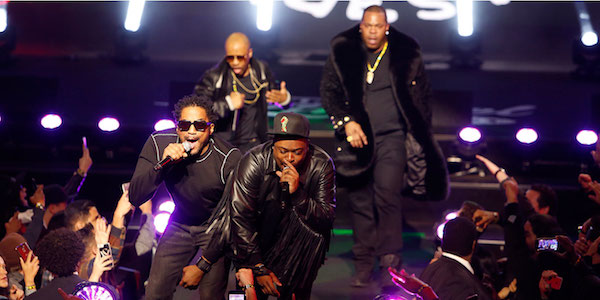
Members of A Tribe Called Quest. The hip-hop collective performed at the Pitchfork Festival in Chicago on July 15.
(Photo: Randy Holmes/Getty/Courtesy Pitchfork)With as diverse a lineup as ever, the 13th-annual Pitchfork Music Festival was held at Union Park in Chicago. It’s rare to be able to see artists like A Tribe Called Quest, Solange, Mitski and Colin Stetson perform within a few days of each other, but Pitchfork does a wonderful job at catering to many musical tastes, piquing listeners’ interests in a variety of artists.
This year, two of the headliners had recent albums that ranked high in the 65th Annual DownBeat Critics Poll—A Tribe Called Quest’s We Got It From Here … Thank You 4 Your Service (Epic/Sony, 2016) and Solange’s A Seat At The Table (Saint/Columbia, 2016). Both albums addressed current social issues head on, and the artists only furthered that sense of social commentary in a live setting.
The July 15 closing set by A Tribe Called Quest (ATCQ) was the ideal headliner concert. Full of charisma, humor and bittersweet nostalgia, this was the first full performance without founding member Phife Dawg, who passed away in 2016 (his vocals appear on the group’s most recent album). The concert was emotional at points, but remaining members Q-Tip, Ali Shaheed Muhammad and Jarobi White, as well as close associate Consequence, performed with conviction and honor for the late Phife, thriving off the audience’s high energy.
Engaging with their listeners by dancing and frequent call-and-response, ATCQ reminded everyone of what makes a moving rap show: No matter the song, the group kept the ball rolling in a way that was natural, breaking down the barrier between performers and audience and emphasizing the commutative, upbeat nature of their music. Pulling from each of their six records, as well as some miscellaneous cuts of solo material and covers, the group demonstrated a sincerity unmatched by most live artists of this caliber.
However, some of the most powerful moments came in between songs. A bit into the show, members of ATCQ thanked the audience for helping them get along without Phife. Their way of preserving his memory was beautiful. Instead of cutting out his verses or having someone else do them, they played the original recordings over the speakers, also leaving a mic on stage for his spirit. The four left with a long, thoughtful goodbye, possibly implying the group was coming to a close. If that’s the case, a show like that was the perfect conclusion to their supremely positive career.
The final headliner on July 16 was Solange, who mostly played songs from her new album. Backed by an incredibly tight, studio-sounding rhythm section, as well as a trombone and trumpet, she paired her groovy music with equally groovy choreography involving the whole band.
Perfectly in balance with the music, the dancing only added to the experience, showing how important movement is to the eclectic music Solange creates. The performance certainly peaked when about 20 young Chicago jazz musicians danced out to fill the stage in celebration with Solange.
Music and choreography were not the only mediums she used—the stage setting and lighting added a lot to the performance, and aren’t typically used or available for Pitchfork sets. Calm, red light bathed the stage in a hazy but bright glow, while a few white structures and a huge red circle towered over the musicians, who wore retro-futuristic red turtlenecks. This ambiguity of time could be applied to the music as well—while being innovative and hip, it drew directly from many older styles, giving nods to the past and looking toward the future.
Earlier that day was an entirely different show—a solo set from saxophonist Colin Stetson. It’s one thing to hear recordings of his mind-blowingly polished technique, circular breathing and multiphonics, but witnessing it live is an entirely awe-inspiring experience.
Stetson’s unique style of playing, when amplified with contact mics, is unlike any other music most have heard. It’s muscular and dense, a sound that simultaneously careens and oozes through the air, grabbing hold of you and not letting go until he stops. His music is strangely meditative, and even though it was incredibly loud—one of the loudest sets of the whole weekend—one could find a sense of comfort within it.
Singer-songwriter Mitski’s performance the day before also toyed with the dichotomy between music’s comforting and more distressing aspects. She had a delicate, athletic voice that could burn and grow into an intense yell, and her introspective lyrics gave her concert the perfect amount of tension and longing, drawing the audience to the music.
While her approach was raw and passionate, her lyrics were cryptic, and she was relatively emotionless in her body language, aside from sharing her gratefulness with the audience in between songs. Playing Pitchfork was a dream of hers, and she was so touched to be able to play there that she got a bit choked up while addressing the audience.
But she still managed to channel a focused inner peace, with a gaze that seemed distant but also observant of everything. Her music was clearly a form of emotional catharsis, but the audience was intently receptive to it, empowering her even more.
These were just four of the roughly 40 acts that covered a few decades and countless styles of music. If you’re looking to be exposed to sincere musicians of all sorts back to back in three days, look no further than Pitchfork Music Festival. DB
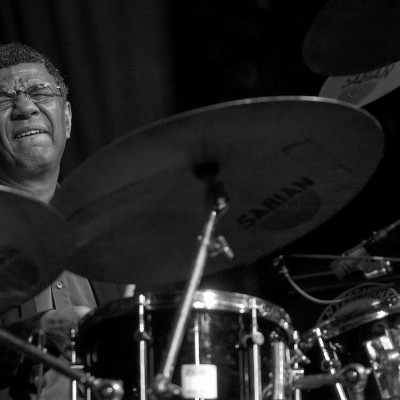
Jack DeJohnette boasted a musical resume that was as long as it was fearsome.
Oct 28, 2025 10:47 AM
Jack DeJohnette, a bold and resourceful drummer and NEA Jazz Master who forged a unique vocabulary on the kit over his…
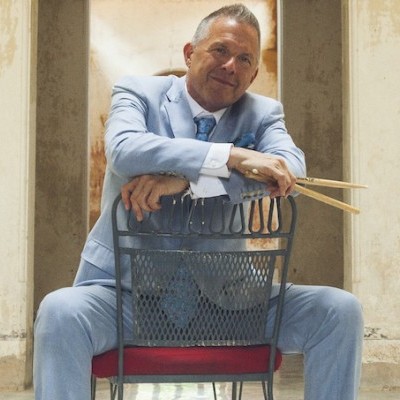
Always a sharp dresser, Farnsworth wears a pocket square given to him by trumpeter Art Farmer. “You need to look good if you want to hang around me,” Farmer told him.
Sep 23, 2025 11:12 AM
When he was 12 years old, the hard-swinging veteran drummer Joe Farnsworth had a fateful encounter with his idol Max…
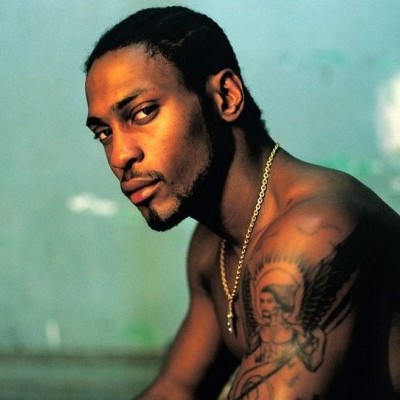
D’Angelo achieved commercial and critical success experimenting with a fusion of jazz, funk, soul, R&B and hip-hop.
Oct 14, 2025 1:47 PM
D’Angelo, a Grammy-winning R&B and neo-soul singer, guitarist and pianist who exerted a profound influence on 21st…
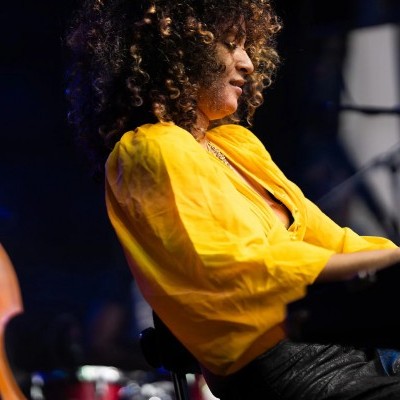
Kandace Springs channeled Shirley Horn’s deliberate phrasing and sublime self-accompaniment during her set at this year’s Pittsburgh International Jazz Festival.
Sep 30, 2025 12:28 PM
Janis Burley, the Pittsburgh International Jazz Festival’s founder and artistic director, did not, as might be…
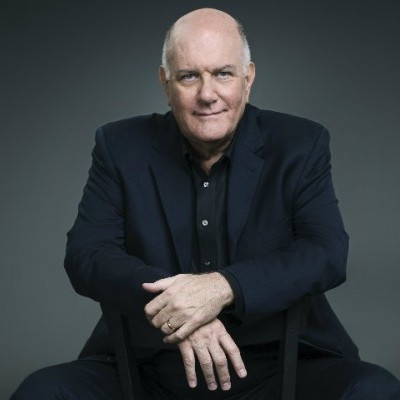
Jim McNeely’s singular body of work had a profound and lasting influence on many of today’s top jazz composers in the U.S. and in Europe.
Oct 7, 2025 3:40 PM
Pianist Jim McNeely, one of the most distinguished large ensemble jazz composers of his generation, died Sept. 26 at…